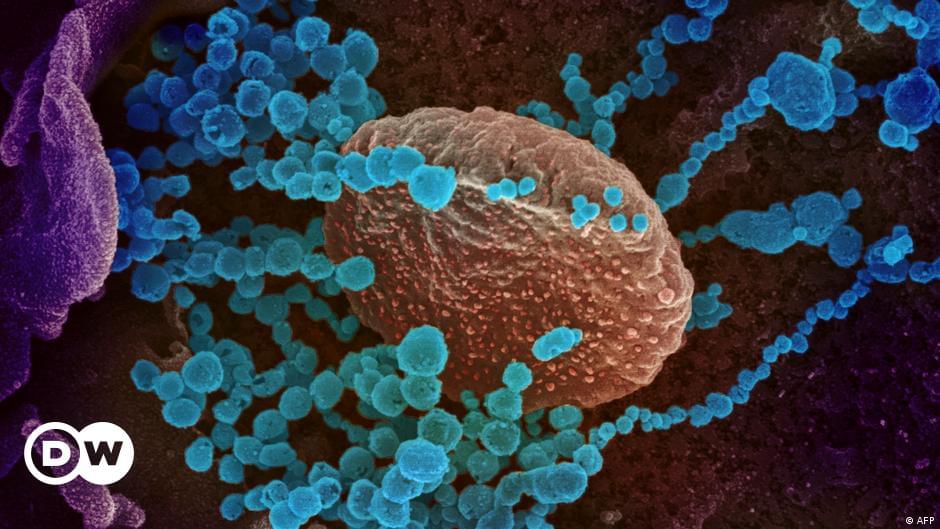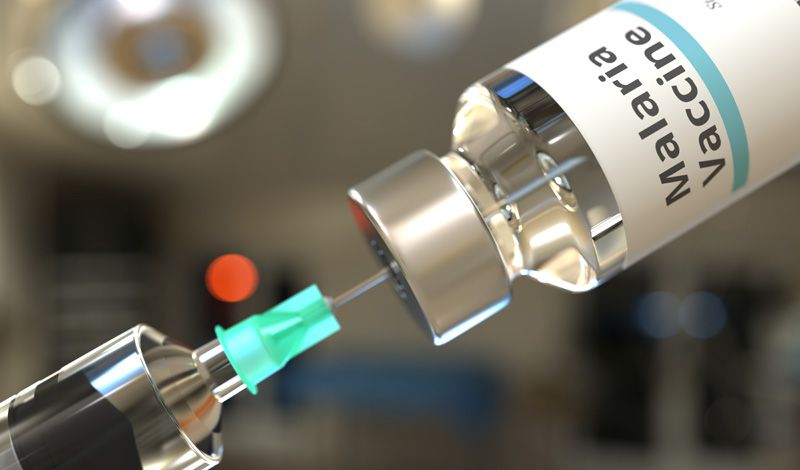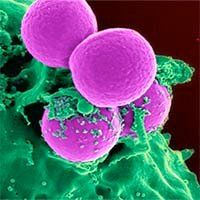Lockheed Martin Space hired 2700 people plus 700 interns in 2020, a year unlike any other for human resources managers. Almost overnight, the prime contractor with about 23000 employees switched from its traditional in-person approach to virtual recruitment, interviewing and training.
SpaceNews correspondent Debra Werner spoke with Lockheed Martin Space executives Nick Spain, human resources vice president, Renu Aggarwal, talent acquisition director, and Heather Erickson, organizational development director, about the opportunities and challenges posed by heightened demand for talent amid a pandemic.




